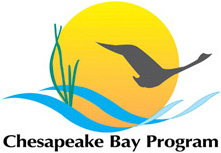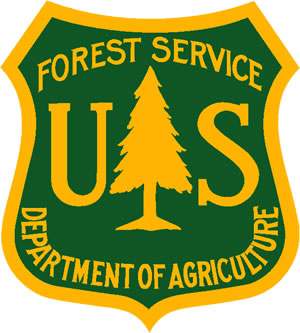I’m usually considered a stormwater guy. After all, I do work for the Chesapeake Stormwater Network. However, I’m excited to say that increasingly, this label is less narrowly defined. Over the past several years, there has been a significant shift away from placing the “sectors” of watershed restoration (agriculture, stormwater, forestry, etc) into impenetrable silos. We have realized that working collaboratively can result in more robust and resilient watershed restoration.
As we move forward, it will be increasingly important to effectively coordinate between stormwater and forestry agencies at the local, state, and regional level to succeed in our goals to protect and restore our local watersheds and, ultimately, the Chesapeake Bay. In that spirit, I wanted to share some thoughts on how stormwater managers are thinking about several big challenges and opportunities for expanding urban tree canopy.
Advancing Implementation
There are three urban tree BMPs for urban stormwater managers to use towards their Chesapeake Bay TMDL reductions:
- Urban Tree Canopy Expansion — For street trees, and small scale plantings
- Urban Forestry Planting – For larger, contiguous planting areas with forest-maintenance objectives
- Urban Riparian Forest Buffers – For plantings along stream and river banks
These practices can each significantly improve water quality and provide numerous co-benefits for the local community. But under our existing model, the benefits of canopy interception for runoff reduction are accepted and expressed as detention provided on a regional scale, but not to actually meet site-specific detention requirements for new and redevelopment. Advancing tree BMP implementation will likely require more comfort with the ongoing research to quantify benefits of these practices for water quantity control at a site scale.
There are also capacity needs that will likely have to be addressed. While among the most cost-effective practices from a pollutant removal perspective, the incentive structure for implementation is not as robust as it could be. There is still a need for a private sector delivery mechanism that can help promote investment and innovation in urban forestry. Working together, stormwater and urban forestry professionals will have to tackle questions about how we leverage our existing programs to form partnerships, provide marketing and education around tree practices, and fund their implementation and long-term maintenance.
Climate Resilience
Climate change offers both a challenge and an opportunity for expanding urban tree canopy. On the one hand, we expect trees, just like other urban BMPs, to be vulnerable to increasing temperature and precipitation due to shifting species ranges. Riparian buffers may be the most vulnerable tree practice because of the expanding urban floodplain. As runoff volume and intensity increases, floodplain water elevations rise, changing groundwater conditions to a level that may be unsuitable for existing riparian forest communities. While specific riparian plant communities may differ based on restoration design objectives, changing conditions due to climate change may render assumptions about groundwater tables inaccurate in the coming years.
On the other hand, there is an opportunity to make trees a major component of future resilience strategies. In the coming few years, we anticipate a major push to develop new stormwater design standards to address climate resilience more directly. Guidance on which tree planting species and techniques will work best in the warmer and wetter climate of the future will be needed as part of these efforts. There will also be opportunities to advance the case for the value tree BMPs provide in resilient community planning; from stormwater management, to reduced urban temperatures and improved air quality.
And all of this is not to say that there has not already been significant collaboration between the urban forestry and stormwater communities. Below is an incomplete list of resources CSN has helped develop over the past decade-plus to help promote best practices in urban forestry:
- Urban Watershed Forestry Manual Part 1: Methods for Increasing Forest Cover in a Watershed (2005)
- Urban Watershed Forestry Manual Part 2: Conserving and Planting Trees at Development Sites (2006)
- Urban Tree Planting Practices Fact Sheet (2017)
- Stormwater Roots Webcast Series (2019)
- Best Urban BMP in the Bay Awards: Habitat Creation Category (2017-Present)
To maintain this momentum and continue advancing collaborations between the stormwater and urban forestry communities, the Chesapeake Stormwater Network now hosting a panel at our upcoming Runoff Rendezvous to discuss and get feedback some of these topics.
To learn more about the Chesapeake Stormwater Network and see our resources on the urban tree BMPs, as well as highlights of successful urban forestry programs, please visit our website: www.chesapeakestormwater.net.
Sincerely,
David Wood
David is the Stormwater Coordinator for the Chesapeake Stormwater Network, a small non-profit that develops trainings and resources to promote more sustainable stormwater management. David also serves as the Coordinator for the Chesapeake Bay Program’s Urban Stormwater Workgroup. You can reach him at Wood.CSN@outlook.com.



